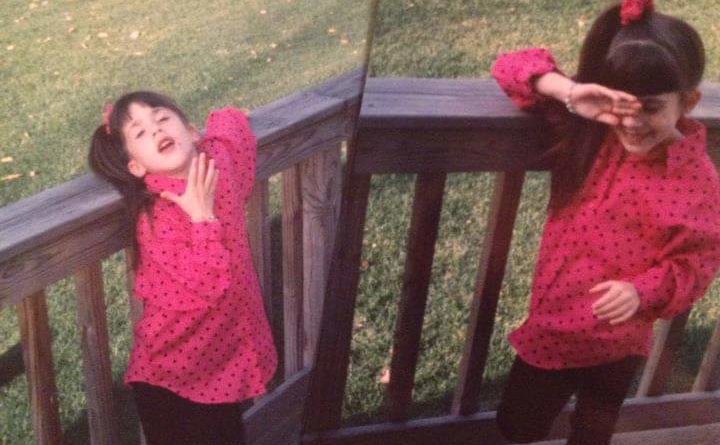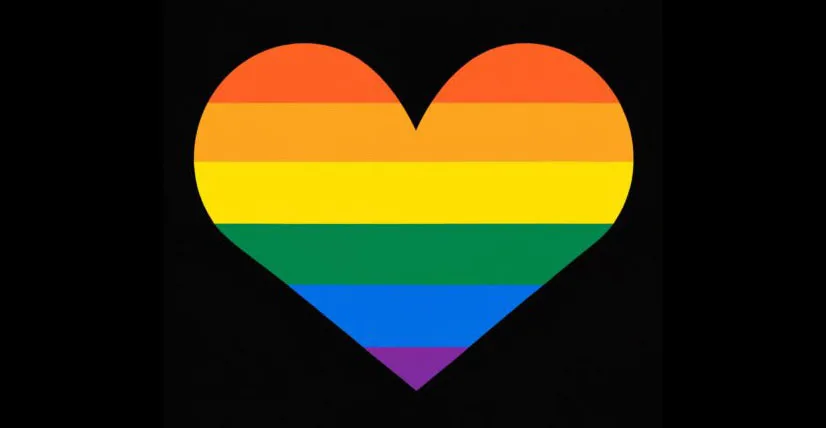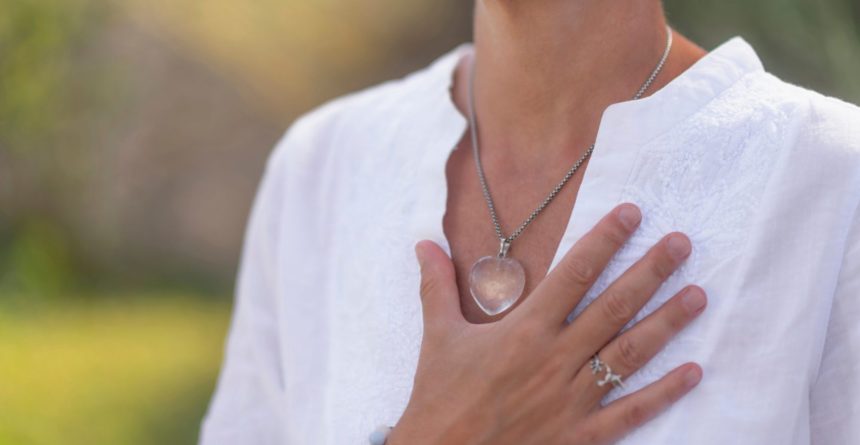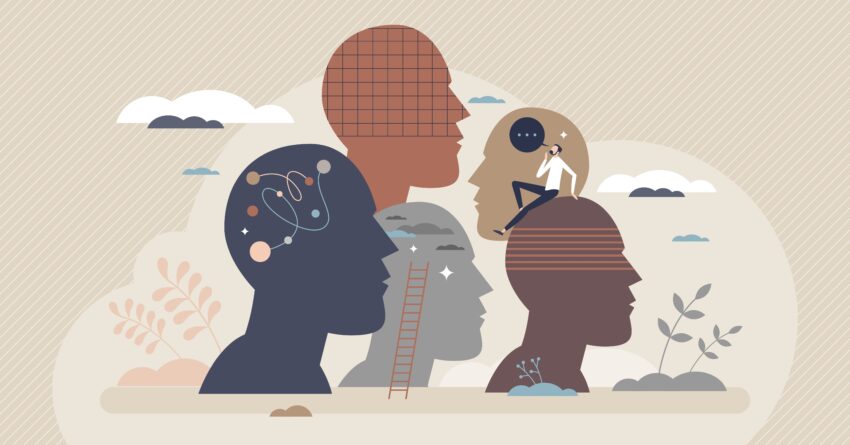WE ARE EVERY AGE WE’VE EVER BEEN
March 4, 2020

Here’s 6-year-old me, feeling a couple of my parts
I’m sure you’ve heard someone say or said to yourself, “one part of me wants X and another part of me wants Y. I can’t figure out what to do.” Each of us has many different parts. Many of these parts originate at an age from our past.
Some parts of ourselves are unhealed parts from our past – and they can lead to our present-day responses being out of proportion to present-day events. Said another way, these unhealed parts from our past can lead us to overreact to events in our present. In therapy we often refer to these unhealed parts as a “wounded inner child” or an “unmet need.”
WOUNDED PARTS
The way I see it, we are every age we’ve ever been. Each part has value and is ready to come out when a situation needs them. For example, when I experience rejection or disappointment as an adult, and I have a big reaction, I am able to recognize that my inner toddler feels scared and sad and needs some reassurance. I am aware that, if I give myself the inner hug and gentleness that my toddler needs, she is able to quiet down. As a result of this reassurance I give myself, my emotional response to a challenging situation ends up being more manageable and in better proportion to the situation in the present.
ALL PARTS WANT TO BE HEARD
Most of the time, our younger parts simply want to be heard. The challenge is that most of us are taught to distract ourselves from negative emotions and fight off painful memories. Consequently, we walk around with unhealed wounds. When I take the time to listen to my feelings, and to the parts of me that are feeling hurt, I learn what I need. In this way, I get the information that my adult self needs in order to put self-care into action.
The next time you’re feeling a really strong emotion all of a sudden, try to approach it with curiosity and compassion, by asking yourself these questions:
1. What part of me is feeling this way?
2. How old is this part?
3. What do they need?
GETTING TO KNOW YOUR PARTS
You might be surprised by how eye-opening the answers to these questions can be. The goal here is to get to know our wounded parts and give them the nurturing they did not receive in the past.
When I feel that special mix of fear and sadness, I acknowledge my inner toddler is hurting, and I find a way to give her what she needs. I try to get a hug from a loved one or wrap something soft and cozy around me, and it works wonders. Until we can listen and show compassion to the parts of us that are hurting, they will remain in pain.
BE YOUR OWN SPOKESPERSON
So, go ahead, and listen to your angry inner teenager who comes out when they feel disrespected or your sad inner toddler who wants a hug. Try giving them the time and attention they didn’t get the first time around. Let them know you’re listening now. Then let your adult self be their spokesperson.
Resources:
https://ifs-institute.com/
Anderson, F.G., Sweezy, M., & Schwartz, R.C. (2017). Internal family systems skills training manual: Trauma-informed treatment for anxiety, depression, PTSD & substance abuse. Eau Claire, Wisconsin: PESI Publishing.
Schwartz, R.C. (1995). Internal family systems therapy. New York, NY: Guilford Press.
Van der Kolk, B. A. (2014). The body keeps the score: Brain, mind and body in the healing of trauma. New York, NY: Viking Press.


